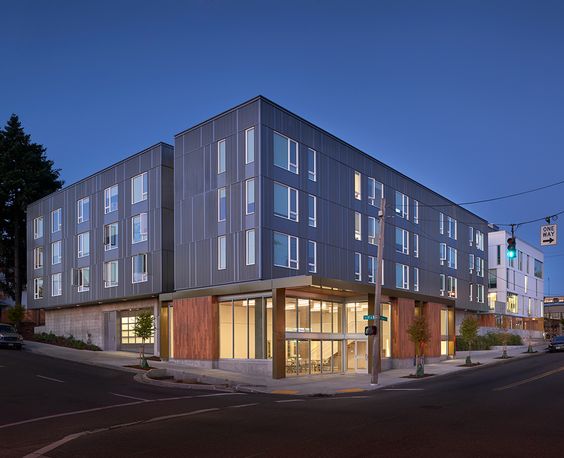Connectivity in Urban Living: The Crucial Role of Public Transport Access in Apartment Living
Read latest blogs and articles from Housystan

The Information mentioned here was last updated on:
27/11/2025Urban living continues to evolve rapidly, with connectivity becoming a cornerstone of modern lifestyles. In bustling cities, the significance of public transport access for apartment dwellers cannot be overstated. Proximity to reliable transit options enhances daily experiences, making commuting efficient and reducing the reliance on private vehicles. This convenience not only saves time but also contributes to sustainable urban development by minimizing traffic congestion and lowering carbon emissions.
For residents seeking apartments in metropolitan areas, such as New York City, Chicago, Los Angeles, or Houston, access to robust transportation networks is a top priority. Properties situated near subway stations, bus stops, or light rail systems offer distinct advantages. Individuals living in these neighborhoods enjoy seamless connectivity to employment centers, educational institutions, healthcare facilities, and entertainment venues. This ease of movement enriches quality of life while supporting economic growth within the region.
Furthermore, apartments near public transit hubs often witness increased demand and higher property values. Renters and buyers alike recognize the value of convenient mobility, making these locations desirable for long-term investment. Urban planners and real estate developers increasingly prioritize transit-oriented development, integrating walkable pathways, bike lanes, and green spaces with public transportation solutions. This holistic approach fosters vibrant communities, encourages healthy lifestyles, and promotes environmental stewardship.
- Verified Tenants/Buyers
- Unlimited Property Listing
- Zero subscription/charges fee
Choosing an apartment with excellent public transport access also empowers residents to participate more fully in city life. Whether attending cultural events, exploring local dining options, or engaging with community activities, reliable transit options remove barriers and foster inclusivity. For professionals, students, and families alike, the freedom to navigate the city without the burden of lengthy commutes or parking hassles is invaluable.
Ultimately, the role of public transport in urban apartment living extends beyond mere convenience. It shapes the overall livability of a city, influences property values, and supports sustainable growth. For those considering a move within major urban centers or exploring new neighborhoods, prioritizing access to public transportation ensures a connected, vibrant, and fulfilling urban living experience.